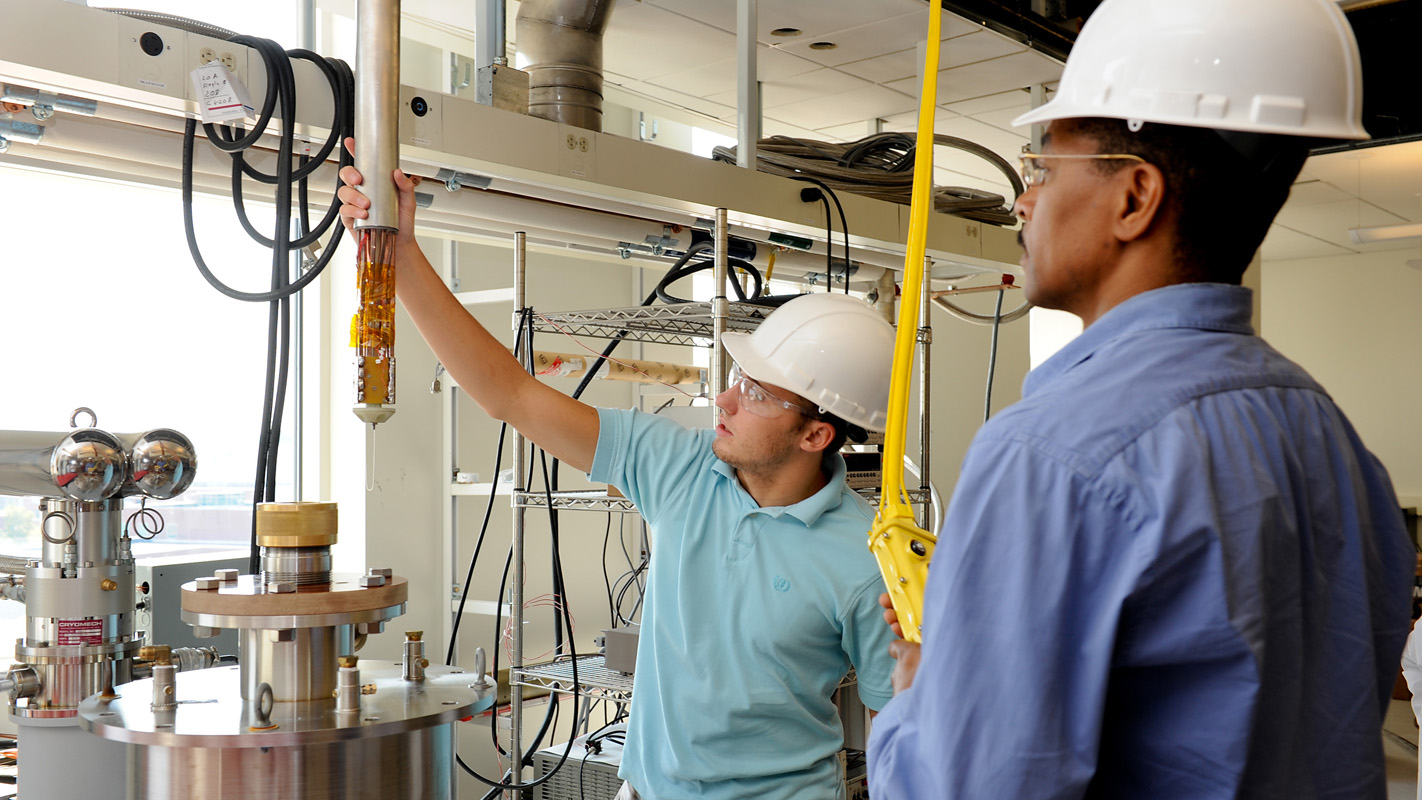materials
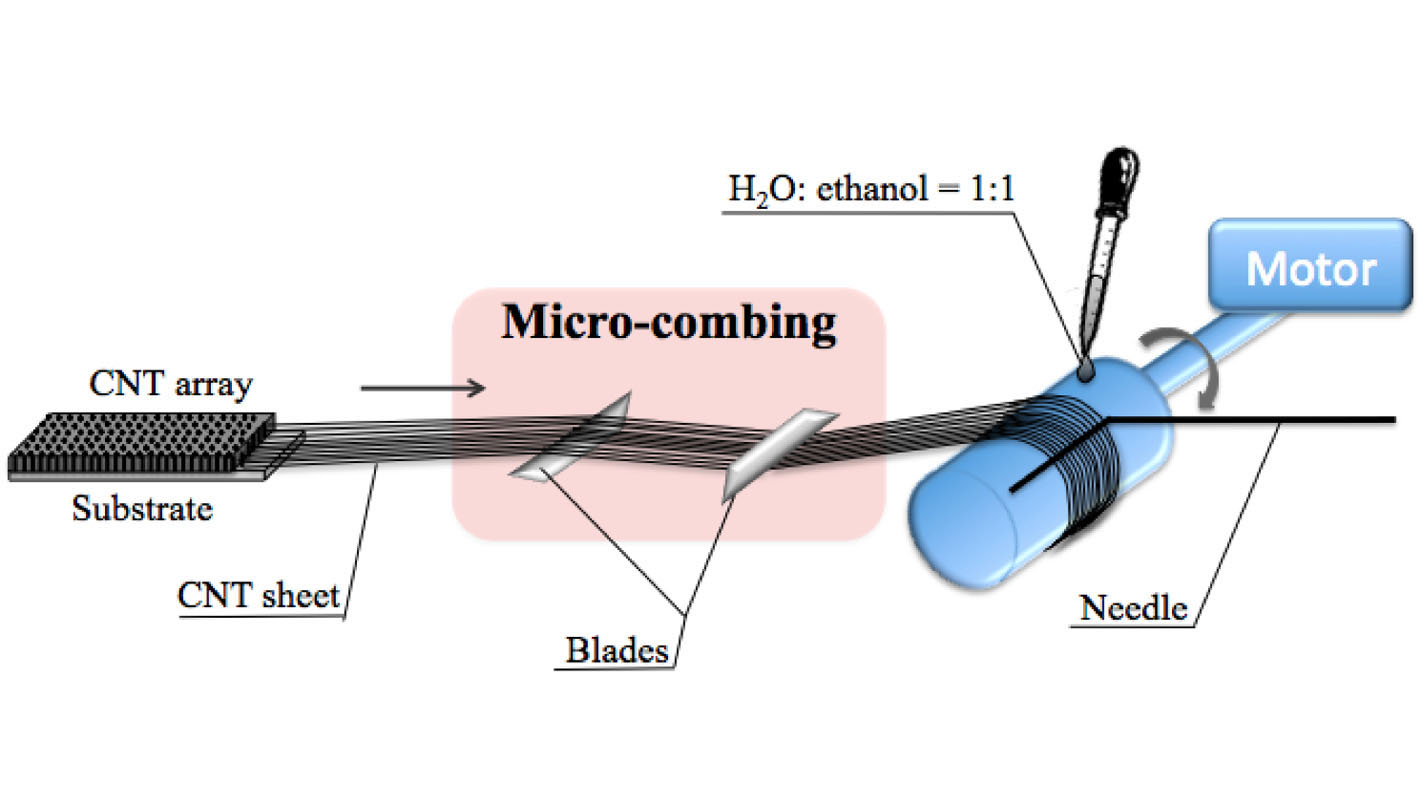
‘Microcombing’ Creates Stronger, More Conductive Carbon Nanotube Films
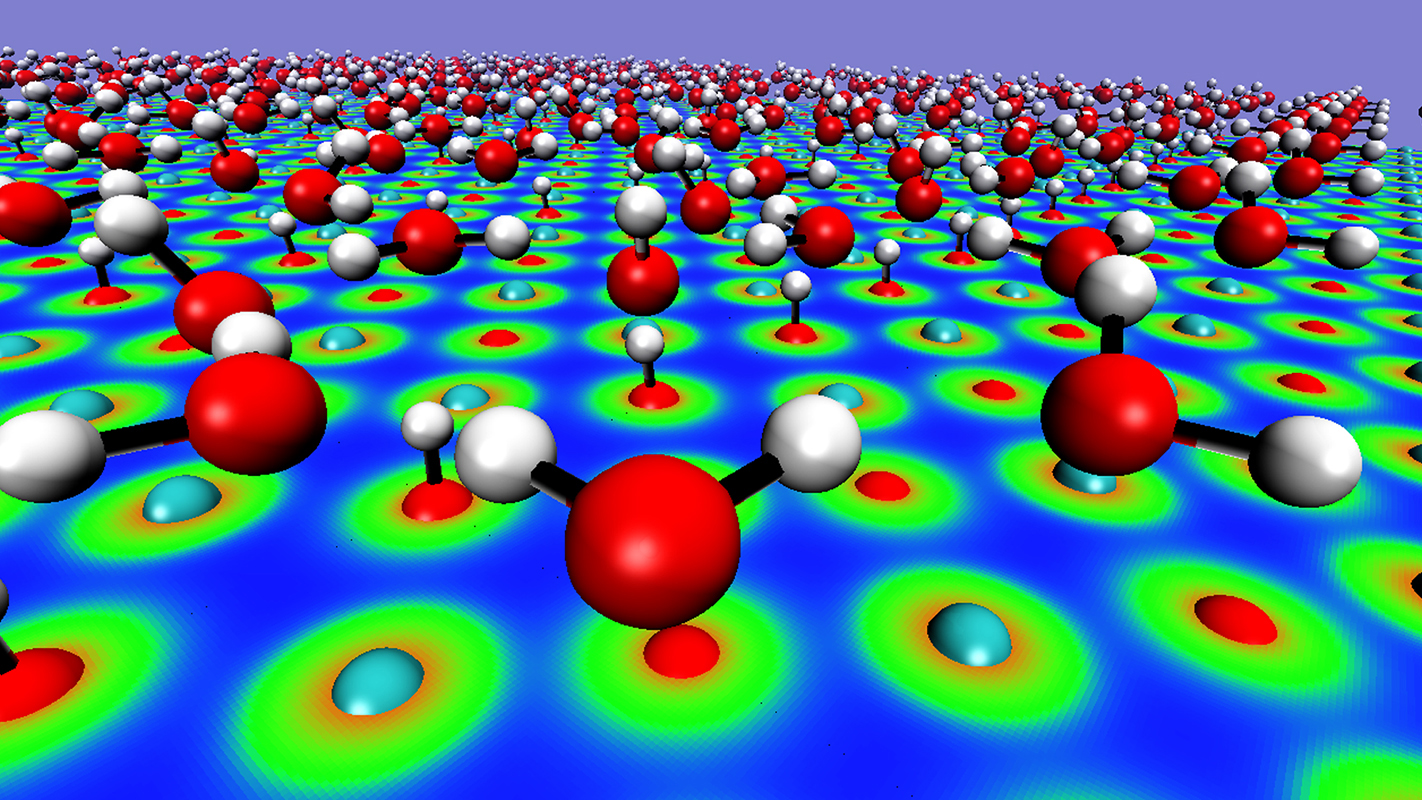
Why, and How, Computational Research is Changing Materials Science
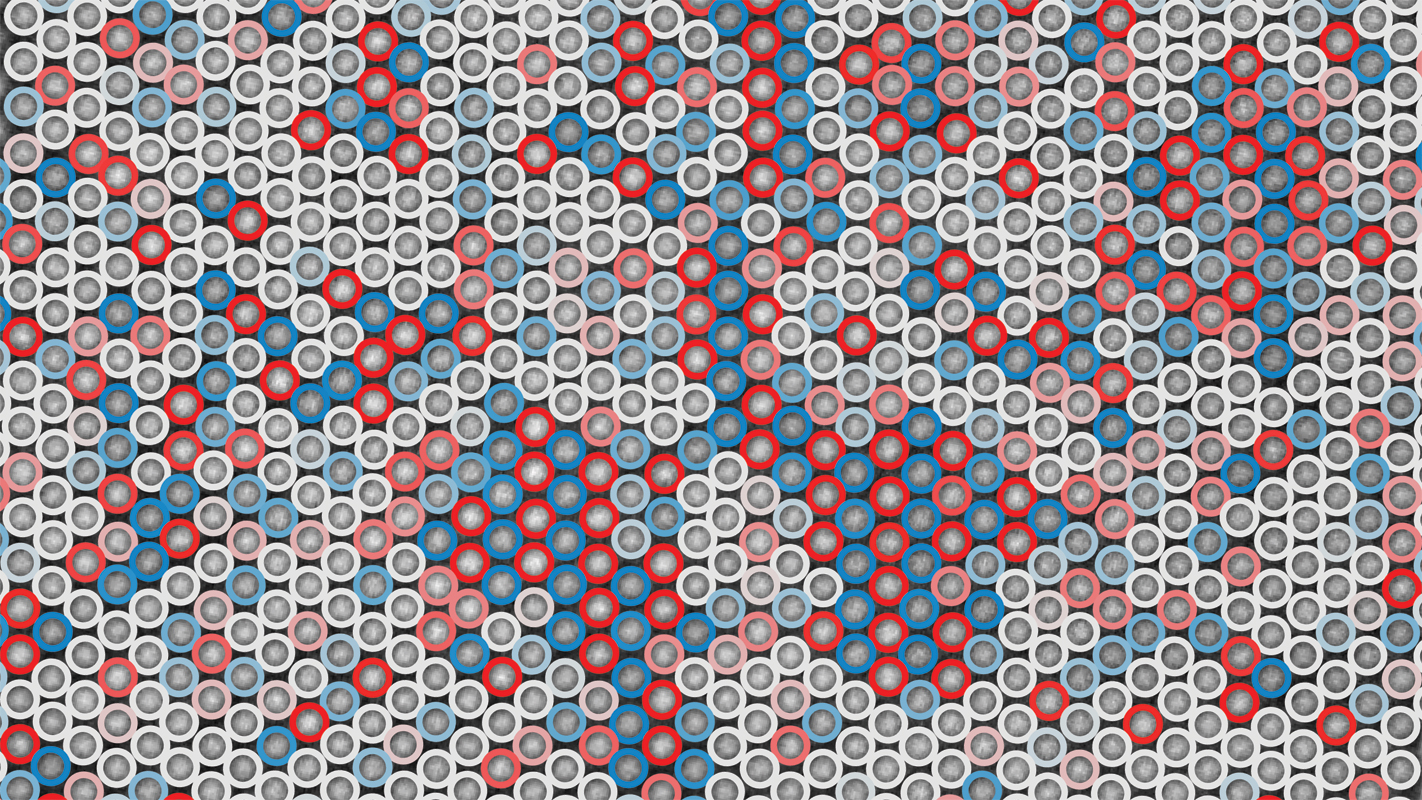
Electron Spin Brings Some Order to High Entropy Alloys
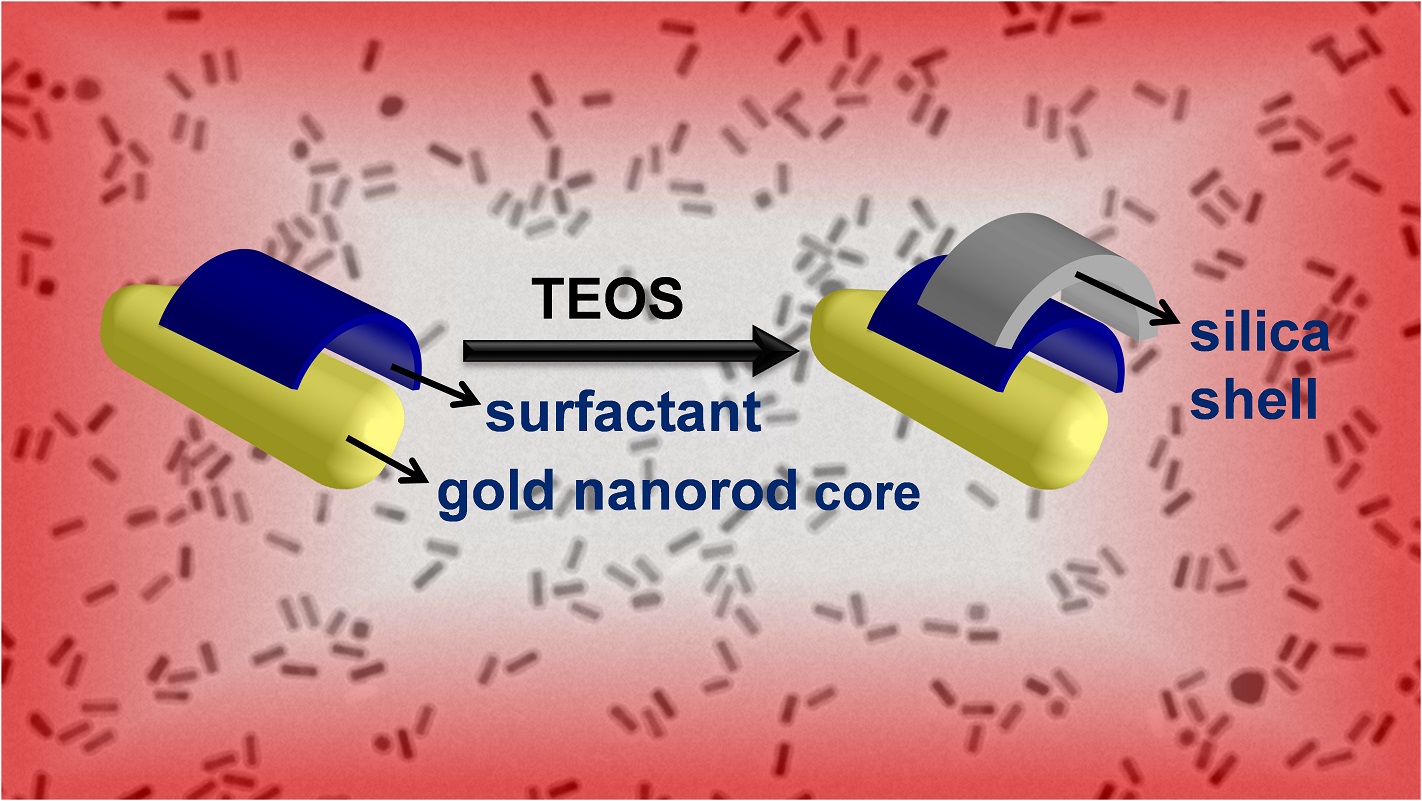
An Improved Method for Coating Gold Nanorods
Researchers Synthesize Material for Efficient Plasmonic Devices in Mid-Infrared Range
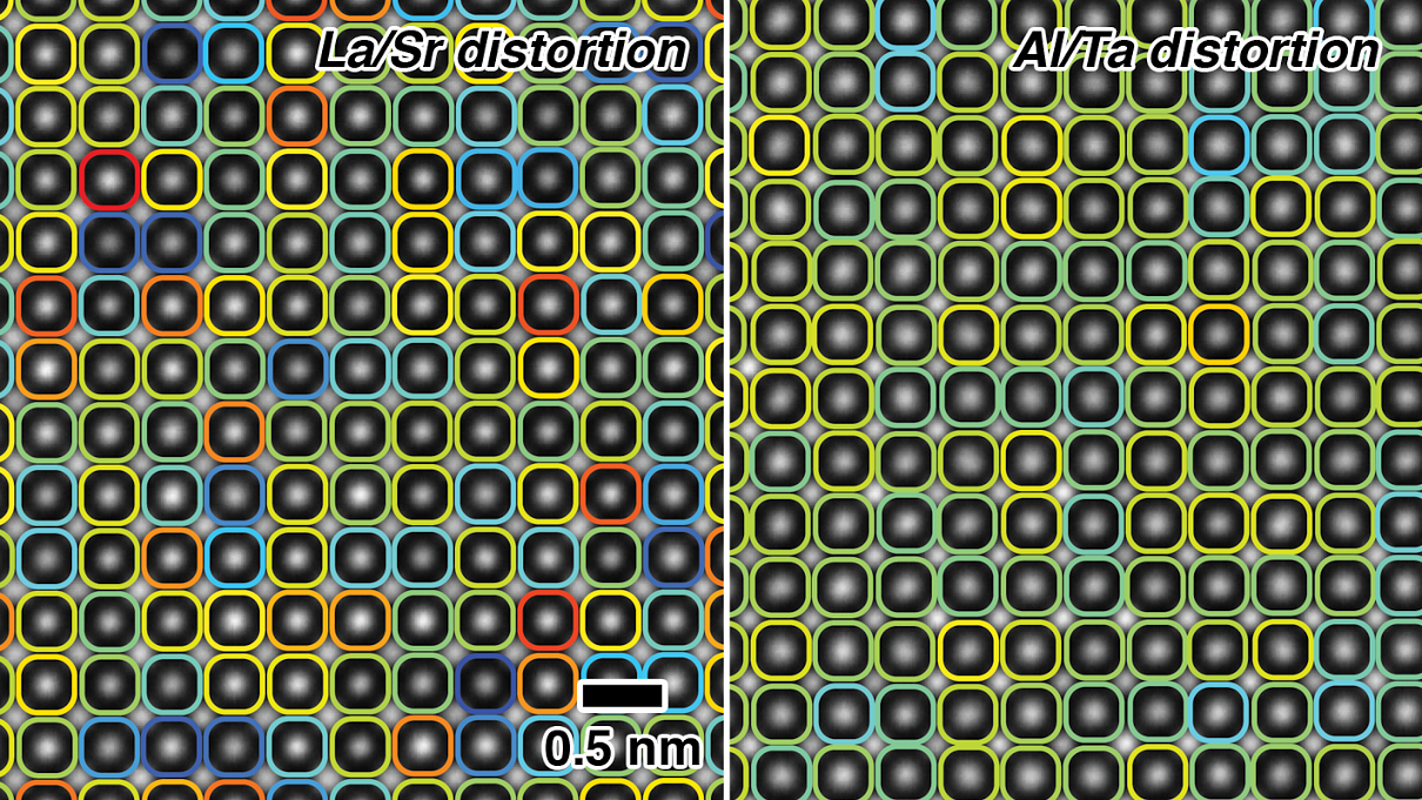
Researchers Glimpse Distortions in Atomic Structure of Materials

New Technique Helps Probe Performance of Organic Solar Cell Materials
Researchers Develop Novel Multiferroic Materials and Devices Integrated With Silicon Chips
New Technique Moves Researchers Closer to New Range of GaN Biosensors
Stacking Two-Dimensional Materials May Lower Cost of Semiconductor Devices
New ‘High-Entropy’ Alloy Is As Light As Aluminum, As Strong as Titanium Alloys

Moving Toward a Cheaper, Better Catalyst for Hydrogen Production
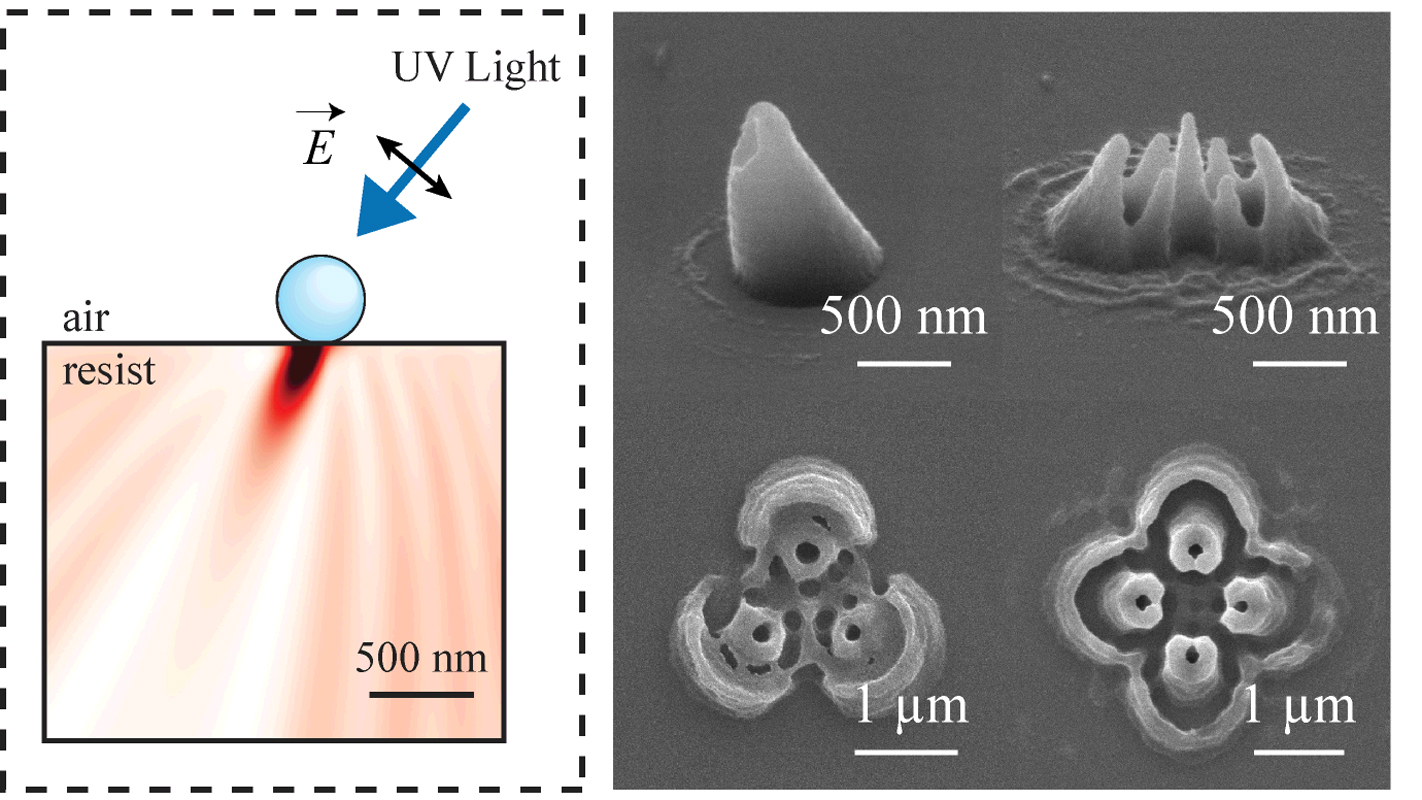
Nanoparticle Allows Low-Cost Creation of 3-D Nanostructures
Researchers Find New Way to Move Atomically Thin Semiconductors for Use in Extremely Flexible Devices
